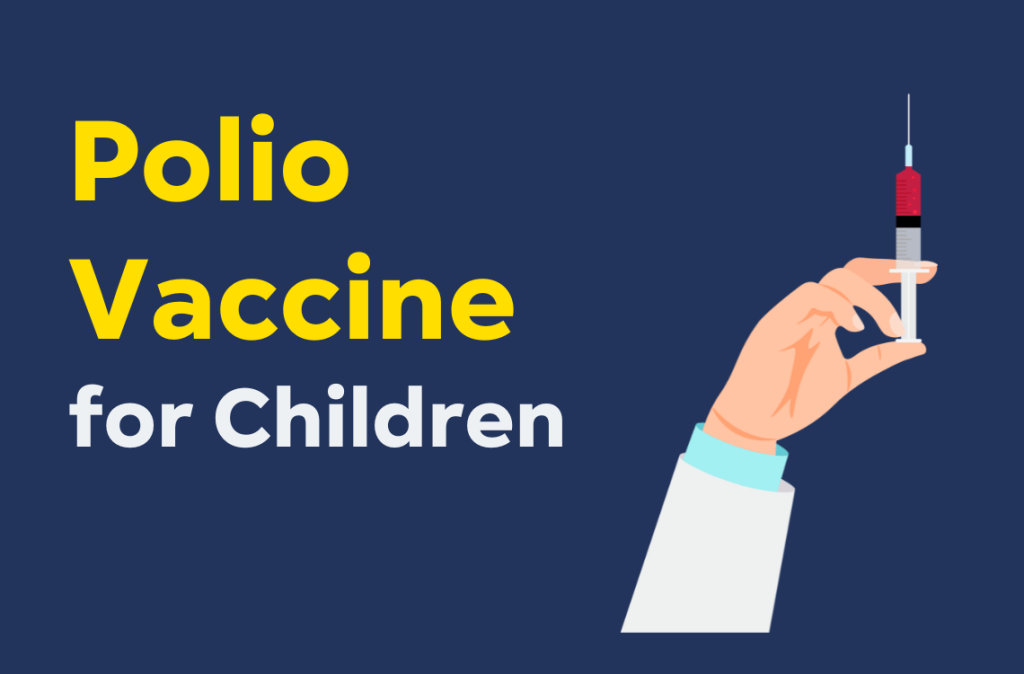According to the World Health Organization (WHO), the polio vaccine prevents the spread of the poliomyelitis disease, which is known to be life-threatening to children, causing disability and death.
Read on to find out more about how polio vaccination can save your child’s life.
The Polio Vaccine
There are two types of polio vaccines. There’s an inactivated vaccine given via injection (IPV) and an oral attenuated (weakened) vaccine administered by mouth (OPV).
The New Straits Times reports that Malaysia typically employs the oral (OPV) version which is quicker, cheaper and safer and can be administered easily en masse. The inactivated polio vaccine is usually only given to immunocompromised patients.
For the oral vaccine, three to four doses are given before the age of 6 (or earlier, if warranted). The first dose is given at 2 months old, the second at 4 months old, the third dose between 6 to 18 months and a final booster dose administered between the ages of 4 and 6 years old, before entering school.
The OPV comes in glass vials containing the three live attenuated strains of the poliovirus. There are also some antibiotics as well. The vaccine is fed to the child straight from vial to mouth. It is known to have a salty, bitter taste.
Polio vaccines confer lifelong immunity.
Poliomyelitis (Polio)
As per Britannica, polio is an ancient disease, having been around for thousands of years. It occurs naturally in humans only and is caused the poliovirus. The infection is easily spread through faecal-oral transmission as a result of contamination and poor hygiene. Asymptomatic cases are particularly dangerous.
Polio causes atrophy (muscle wasting), muscle or joint weakness/pain, fatigue, breathing and swallowing difficulty and paralysis.
Polio is often also recognised by its most apparent and popular side effect: deformed or ‘crooked’ legs.
This is typically more common with childhood polio since the virus disrupts the growth of muscles, leading to deformity. Polio survivors often grow up disabled as a result, unable to walk or walking with a cane.
Once infected, there is no treatment. However, the disease can be prevented through immunisation.
Stay Protected
According to the World Health Organization, polio was successfully stamped out in Malaysia in December of 2019, ending the outbreak since 1992.
However, this doesn’t mean you should forego the polio vaccination for your kids. As we know with viruses and diseases, there is always a chance that they can come back.
The trick to making sure they don’t come back is to continue putting up protection, especially for our future generations.
Sources
- Encyclopædia Britannica, inc. (n.d.). Polio through history. Encyclopædia Britannica. Retrieved November 29, 2022, from https://www.britannica.com/science/polio/Polio-through-history
- New Straits Times. (n.d.). Retrieved November 29, 2022, from https://www.nst.com.my/news/nation
- World Health Organization. (n.d.). Following a successful mass vaccination campaign, the polio outbreak ends in Malaysia. World Health Organization. Retrieved November 29, 2022, from https://www.who.int/malaysia/news/detail/27-09-2021-following-a-successful-mass-vaccination-campaign-the-polio-outbreak-ends-in-malaysia
- World Health Organization. (n.d.). Poliomyelitis. World Health Organization. Retrieved November 29, 2022, from https://www.who.int/news-room/fact-sheets/detail/poliomyelitis
Disclaimer: The information provided in this article is for informational purposes only and should not be considered as medical advice from Motherhood. For any health-related concerns, it is advisable to consult with a qualified healthcare professional or medical practitioner.
For more insightful stories and fun recipes, stay tuned to Motherhood Story!
